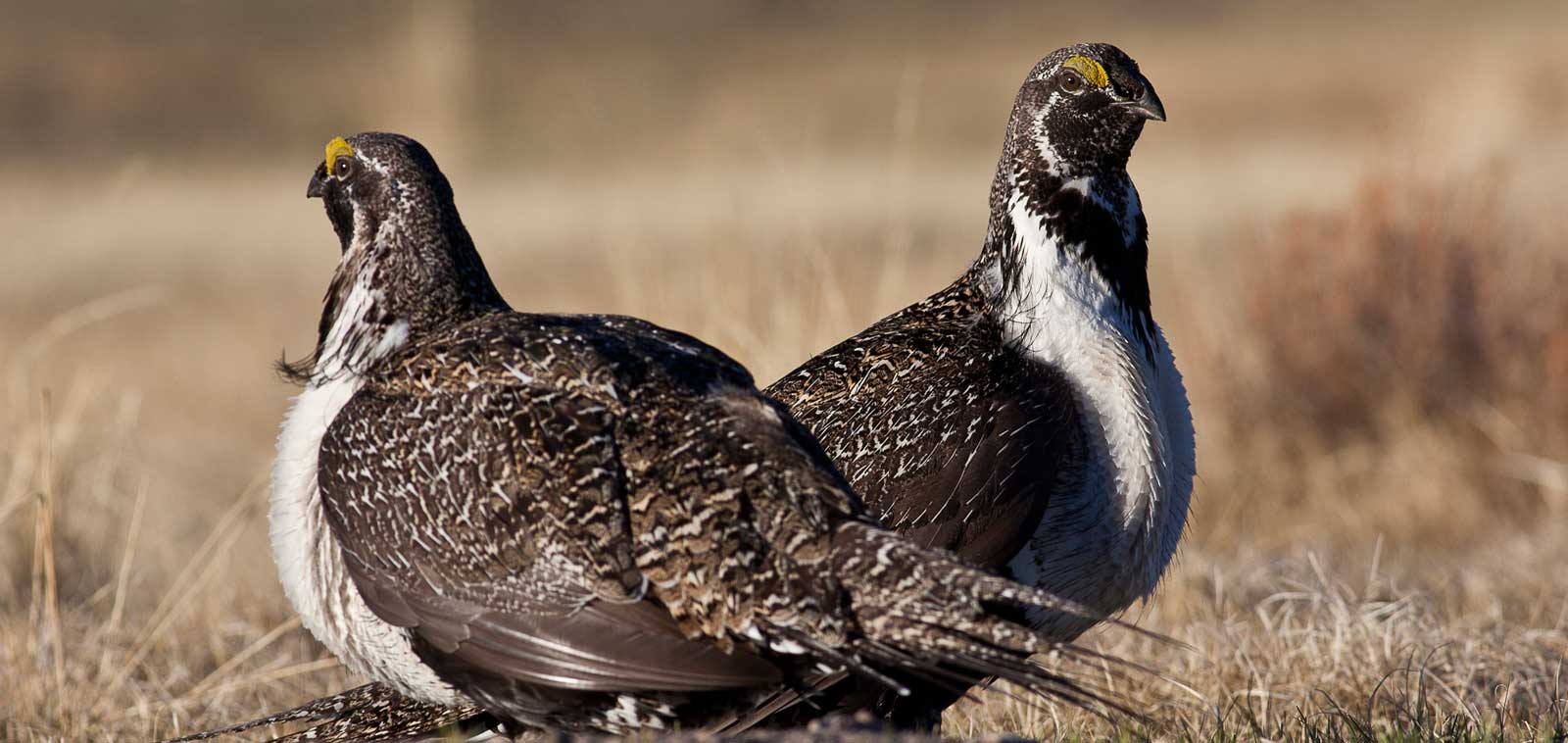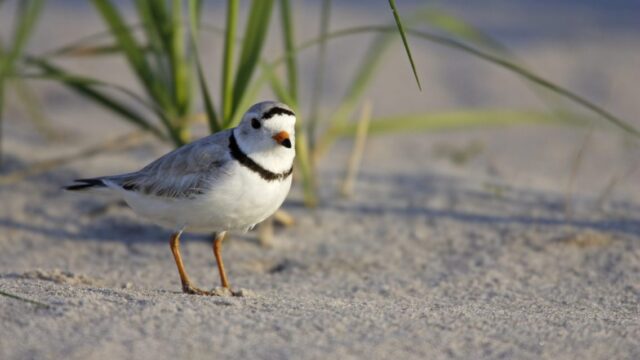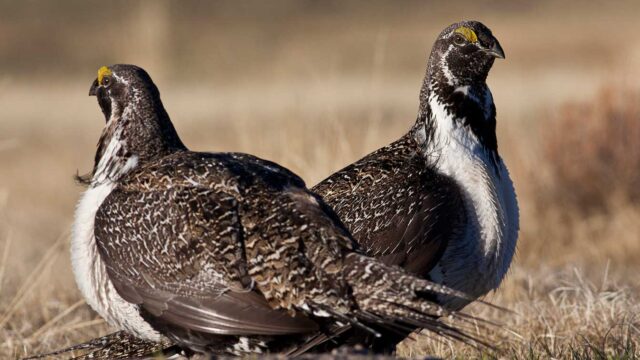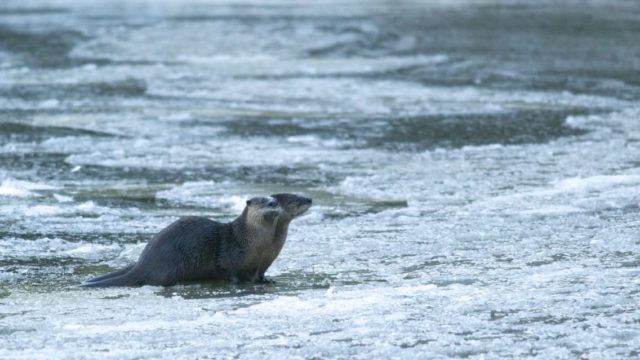Imagine if, during the last 40 years, your population dropped by 83 per cent.
Maybe, like the boreal caribou, harmful resource development projects fragmented your habitat.
Or maybe, like the Southern Resident killer whales, your survival is threatened by harmful underwater noise pollution and a risky pipeline project.
For 50 per cent of the wildlife species in Canada, scenarios like these are not hypothetical. According to a recent WWF-Canada report, 451 of 903 monitored wildlife species in Canada “declined in abundance” between the years 1970 and 2014.
The WWF-Canada report lists loss of habitat, climate change, pollution, unsustainable harvest, invasive species and cumulative and cascading effects as the drivers of this loss. Combined, these threats are causing species decline across Canada, including among plants and animals that are supposed to be protected under the federal Species at Risk Act (SARA).
Which leads to the question: With species loss rampant across the country, how is SARA designed to protect wildlife – and is it working?
The Species at Risk Act
Enacted in 2002, SARA is meant to prevent species from becoming extinct or extirpated, provide for the recovery of species at risk, and ensure that species of special concern do not become threatened or endangered.
Under the Act, the Committee on the Status of Endangered Wildlife in Canada (COSEWIC), assesses and identifies species at risk. Species can be listed as extirpated, which means they no longer exist in the wild in Canada, endangered, which means they are facing imminent extirpation or extinction, threatened, which means they are likely to become endangered if nothing is done to protect them, or of special concern, which means they may become threatened or endangered.
If Cabinet approves the listing, then the law contains automatic prohibitions against harming at-risk species or their residences. These general prohibitions do not apply to special concern species.
Despite these measures, WWF-Canada found that federally listed at-risk populations declined by 28 per cent between 2002 and 2014.
In a 2012 report, Ecojustice found that while SARA is, on paper, capable of protecting species and helping them recover, it has been “plagued by poor implementation” on the ground.
Specifically, here are two SARA tools that have been underemployed or never used at all:
Emergency orders
Emergency orders protect species on federal and non-federal lands and can be issued by Cabinet when a species faces “imminent threats” to its survival or recovery.
Emergency orders are important because SARA’s automatic protections only apply to migratory birds, aquatic species and species on federal lands. In fact, a former senator once described SARA’s limited reach by saying the act only applies to species at “post offices, airports and military bases.”
To date, the government has only issued two emergency orders, for the greater sage-grouse and the western chorus frog.
The sage-grouse order came as a result of a successful Ecojustice case, and was one important reason that the species’ population grew from six males in Saskatchewan and 14 males in Alberta in 2014 to 33 males in Saskatchewan and 46 males in Alberta in 2016.
This comeback shows that emergency orders work, and that the government should use them more often.
Safety net orders
Safety net orders allow Cabinet to extend SARA protection to species on provincial and territorial lands.
If he or she determines that provincial laws are not doing enough to protect an at-risk species, the Minister of Environment and Climate Change or Minister of Fisheries and Oceans has the power to recommend Cabinet make a safety net order to protect that species.
However, since SARA came fully into force in 2004, the government has never employed a safety net order.
One species that would benefit from an order is the boreal caribou in Alberta. These iconic animals, most easily recognizable as the face of the Canadian quarter, are threatened by habitat loss. But because much of their habitat falls onto provincial lands, SARA can do little to protect them without a safety net order.
Time to do better
SARA is due for a legislative review soon and a Species at Risk Advisory Committee, composed of industry associations, environmental organizations and indigenous organizations, has already begun discussing improvements for the law.
While we are hopeful positive changes will result from this process, the law in its current form already gives us the tools to prevent further species decline and aid future recovery. We just need the federal government to implement these measures in a timely and effective way.
And when the government is unwilling to enforce the law, we are prepared to take them to court to ensure they fulfill their responsibility to protect plants and animals in Canada.
After all, if you had spent the last 40 years watching your species’ population decline, wouldn’t you want the same thing?





